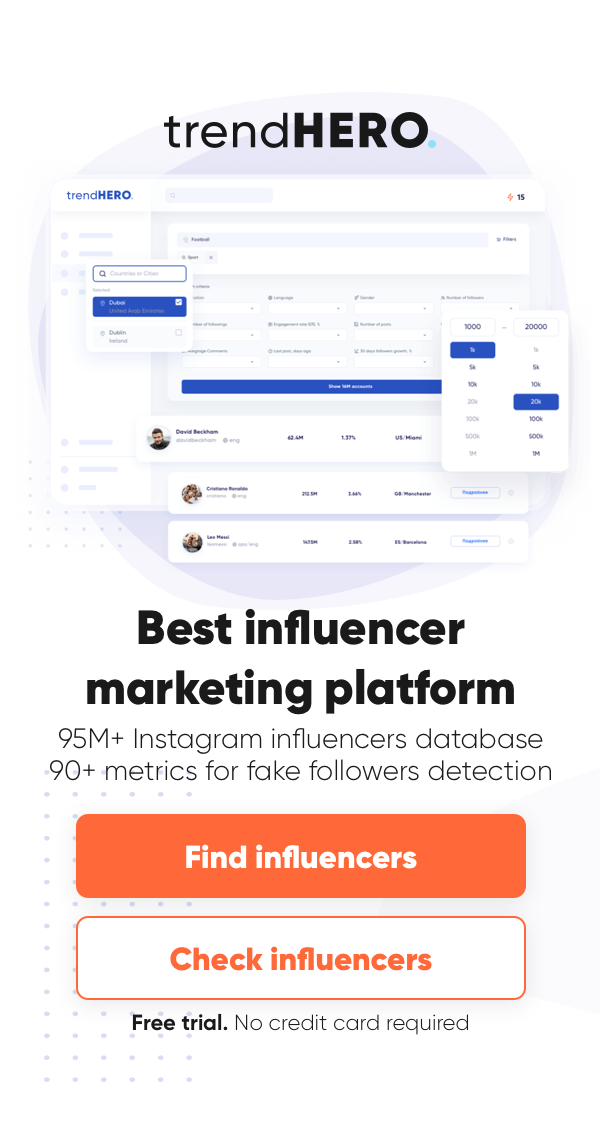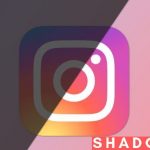Have you ever stop to think how much time and effort we often put into creating engaging Instagram content? Sure, there are lots of people who just casually post whatever they like, whenever they like. But chances are those people are not too interested in growing their Instagram presence. For the rest of us who dream of blowing up on Instagram, it’s only logical to worry about blog posting timeframes. There’s no lack of information on the best times to publish your IG posts but let’s try and use reverse psychology here. Let’s talk of the worst time to post on Instagram.
Does the posting schedule matter? What are the times that will bring all our efforts to naught? Let’s dive right in and see.
Why Instagram?
With 1 billion active users on a monthly basis, Instagram is easily one of the biggest social networks out there. In fact, it’s second only to Facebook, and interest for this platform keeps growing at a rapid pace.
Bloggers, influencers, brands, companies, celebrities, and regular people actively use Instagram on a daily basis. Year after year, the platform shows impressive growth – even more impressive than that of Facebook, its parent company.
Instagram users can be roughly divided into three categories: those who do it for themselves, those who do it for friends, and those who want to profit off of these two. After all, it’s more than just a social network for sharing photos. It’s also one of the most business-friendly platforms out there. Today, Instagram is one of the social platforms important for both connecting with your audience and promotion.
What does the worst time mean?
Before taking up the issue outlined above, it’s important to explain what it actually means. In simple terms, the worst time is when your audience is the least active. When is it the least active? It depends on a number of factors and on your audience demographics. So as you can see, it’s just another argument in favor of thoroughly studying your Instagram analytics.
Here are a few factors to consider in general:
- While there is a desktop version, Instagram was designed and still remains a predominantly mobile application. So if you really want to choose the worst time for posting, do it when the majority of your followers don’t have access to their smartphones.
- Instagram posts that appear in a user’s newsfeed aren’t ranked chronologically. You can see the content that, in the Instagram algorithm’s opinion, is the most relevant and interesting to you personally. This relevancy is based on a user’s activity on the platform, their preferences, and their relationship with content creators. Subsequently, the worst idea would be to not cater to any of these factors.
- The majority of Instagram users are people from eighteen to thirty-five. Choose timeframes when people within this age range are the busiest and you’ve got your worst posting time.
What are the worst times to post on Instagram?
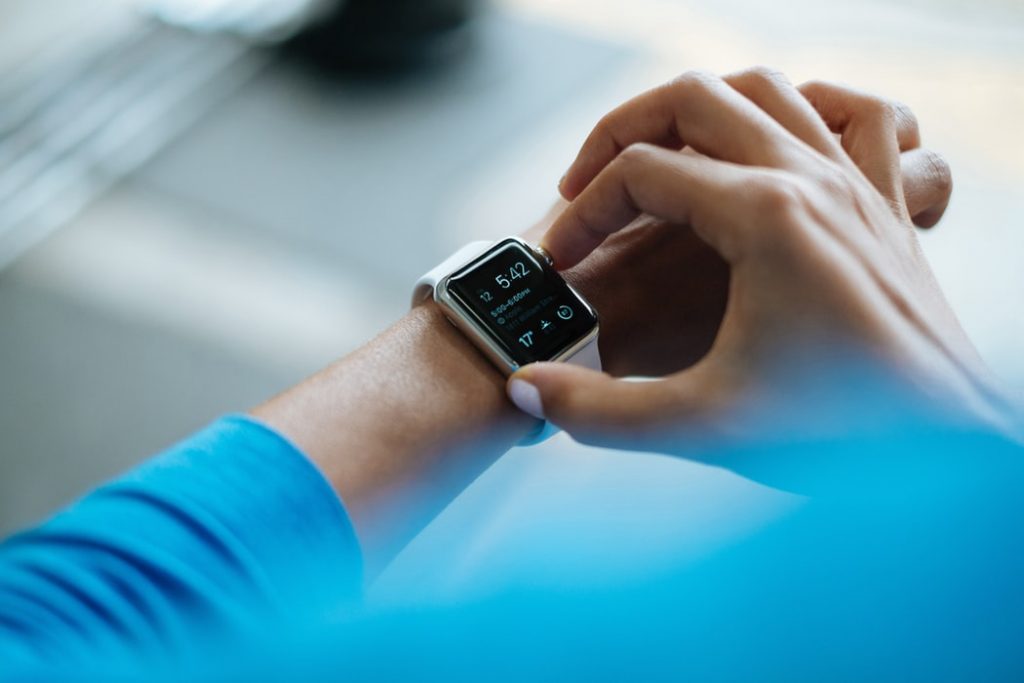
There is a number of studies with regard to the best and/or worst times to post on Instagram. For example, according to SproutSocial’s comprehensive study, Sunday is what IG users are the least active. In general, weekends are not the best days to post. It’s when Instagram audiences show the lowest engagement rates.
When it comes to more specific timeframes, you’d probably want to avoid posting on weekdays between 3 and 4 pm. It’s when people are busy at work and don’t have time to procrastinate browsing Instagram photos.
All in all, I’ll have to admit that different studies on the matter show somewhat different results. However, there are some general trends worth noting:
- weekends are slow days on Instagram. You’d do better relaxing and spending time with friends instead of wasting your time on the platform;
- if you do have to post on a weekend, early morning is the worst timeframe to choose;
- weekday afternoons are the worst.
Check your stats
Keep in mind that these conclusions are just what I said – general trends. They show the bigger picture and while that’s not bad at all, they say nothing about individual user stats.
That’s why it’s so important to always monitor your account’s analytics. You can do that by using Instagram’s in-built analytics feature or using social analytics services like trendHERO for your Instagram account and Google Analytics for your site.
For example, that’s how my account perfomance looks like in trendHERO tracking:
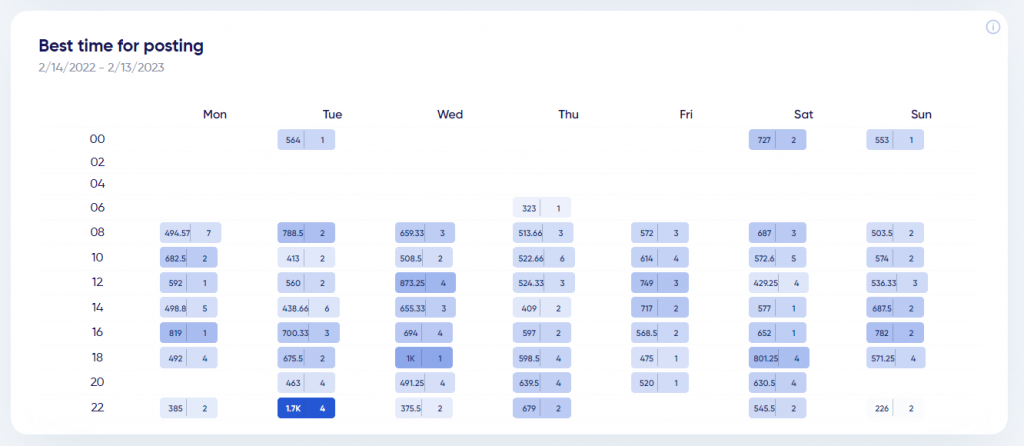
Sign up now and get free tracking for your profile.
In trendHERO you don’t need to connect your account, that’s why you could use it for competitors analysis. Check them all:)
While collecting your data, note how it correlates with the general trends I’ve listed above, as well as other information provided by studies. Correct your posting schedule accordingly.
Day of the week

Let’s admit it, we all have our own habits when it comes to our activity on social media. Every user has their own timeframes for spending some time on IG. However, studies show that on certain days of the week user activity is higher than on the others. Here’s some more detailed info on each day of the week:
Monday
Monday mornings are often crazy and busy and full of fussing around, so most users don’t really have time for Instagram. 8 a.m. to 10 a.m. will probably not be the best time to try and come into the spotlight.
Tuesday
Users tend to be quite active on Tuesdays, from early morning to evening. But most likely, posting late at night won’t do you any favors.
Wednesday
Wednesdays are somewhat similar to Tuesdays in terms of user activity. But if you want your content to be lost in obscurity, you would probably want to choose the timeframe from 5 p.m. to 8 p.m.
Thursday
User activity remains pretty much the same on Thursdays. The worst timeframes are earlier than 8 a.m. or later than 8 p.m.
Friday
Friday nights are the time to relax after a busy week, so that’s when user activity is at its lowest. From 4 p.m. to 10 p.m. is the timeframe for having a break from Instagram.
Saturday
This is when it goes down. User activity isn’t high all throughout the day but from 1 p.m. on it’s almost dead.
Sunday
Lazy Insta day. People try to spend more time offline when they can, so you shouldn’t really count on your adience’s attention on Sunday.
Time of the day
According to the above-mentioned study performed by SproutSocial, here are the timeframes when user activity is generally at its lowest:
- Monday: 7-8 a.m., 8-11 p.m.
- Tuesday: 8 a.m., 9 p.m. and later
- Wednesday: 8 p.m. and later
- Thursday: 7 a.m, 9 p.m. and later
- Friday: 5 p.m. and later
- Saturday: 8 a.m., 12-11 p.m.
- Sunday: 7 a.m., 3 p.m and later
And while there might be certain fluctuations, these timeframes are usually more or less the same. Naturally, the further is your content publishing time from these timeframes the more chance for your posts to be noticed.
Time zones
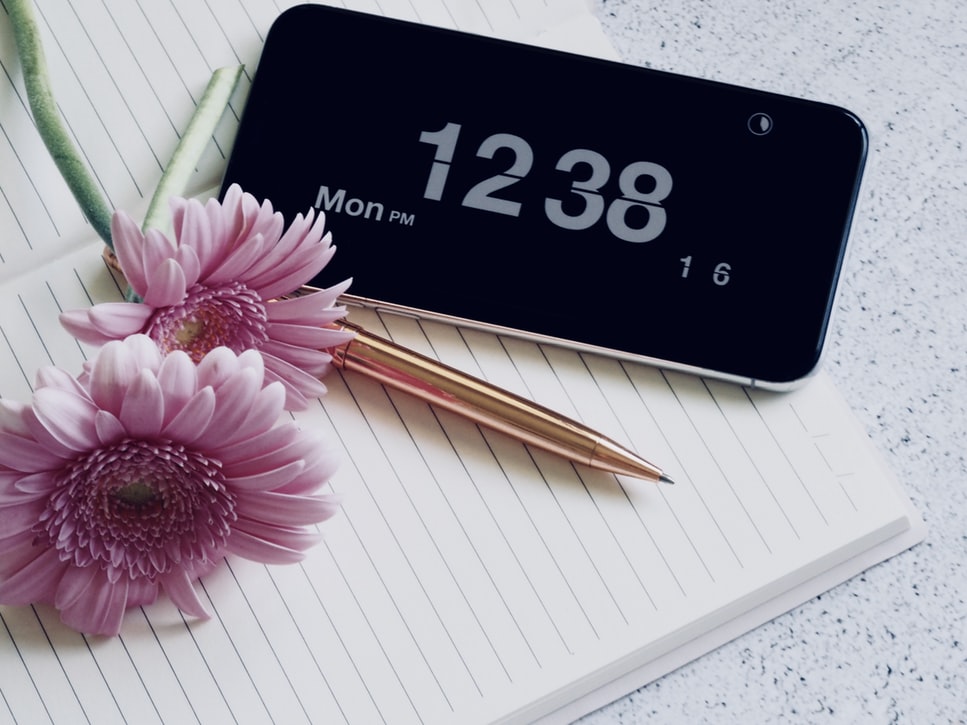
Another way to determine the worst time for posting on Instagram is to learn in what time zones your most active followers live. After all, it’s only logical to interact with your audience at times when they are available for Instagram browsing. By learning more about your audience’s geographical distribution, you’ll adapt your content publishing schedule accordingly.
Let’s say that a big chunk of your audience is users from Western Europe but you live in a PDT area. The time difference between the areas is rather large and if you publish your posts based on your own schedule only you’ll attract significantly less attention from your followers. That’s why in situations like this it makes a lot of sense to post content a few times per day.
If you are not sure what your audience geography is, use Instagram’s in-built metrics and statistics or one of the many services that offer Instagram analytics.
Peak
Sure, it makes a lot of sense to learn about the worst time to post on Instagram. But now that we’ve learned quite a bit about it, it would also make sense to talk about the best times for content publishing too.
- The best time for posting on Instagram is on Monday at 11 a.m., Tuesday at 7 p.m., Wednesday at 11 a.m., 1 p.m., and 3 p.m, Thursday at 10 a.m. and 1 p.m., Friday 10-11 a.m., Saturday at 10 a.m.
- The best day for posting is Thursday.
- The highest level of engagement is on Tuesday-Friday from 9 a.m. to 6 p.m.
- Posting at early mornings from Tuesday to Friday creates high engagement rates. People like checking their social network profiles as soon as they wake up. The same is true for the timeframe from 11 a.m. to 3 p.m. on weekdays. People go to Instagram during a lunch break or when they feel tired closer to the end of the workday.
- If you insist you need to publish your content on weekends, do it on Saturday around 11 a.m. when people eat or chat with their friends.
Are you still not sure which schedule would be the best one for you personally? Try posting at different peak times mentioned here and monitor the engagement metrics. When do your subscribers feel like commenting and liking your posts the most?
As soon as you determine the timeframes that work for you, adjust your posting schedule accordingly.
How to avoid the worst posting time?
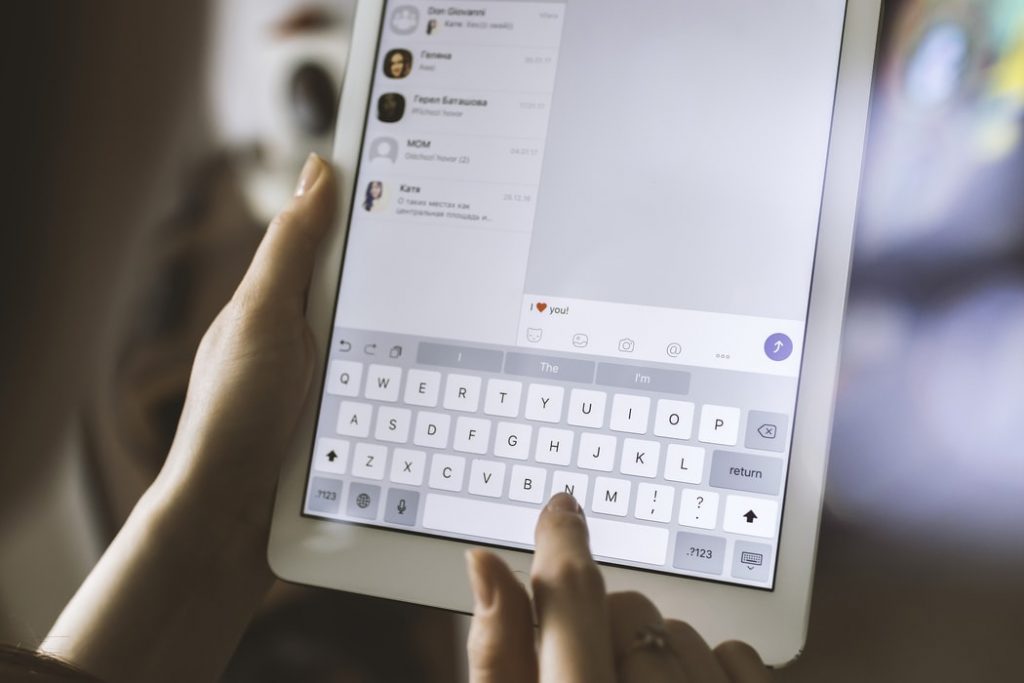
First of all, it’s important to understand that the optimal timeframes for posting on IG depend on your audience, its location, and your niche. To avoid posting at the worst time possible, you’ll have to take into account these factors, as well as other metrics. Here are some factors you’d want to consider to avoid the worst posting time:
1. Days of the week
If you analyze the level of engagement during a week, you’ll see how user activity is different for each day of the week. Tuesday, Wednesday, and Thursday are the days of the highest activity. Saturday and Sunday lag well behind.
The reasons for this are simple. The majority of people work five days a week. Mondays are normally the busiest days at work because of some issues that might have piled up during the weekend. So understandably, people have less time for Instagram on Monday. They spend increasingly more time on the platform with each next day of the week, though.
Weekends are the worst time to post on Instagram because it’s when people prefer to be active elsewhere, mostly offline.
2. Breaks from work on weekdays
According to statistics data, lots of users spend their time on Instagram during breaks from work, specifically lunch breaks. Few of us can afford to take many breaks from work during a day but lunch breaks are above all. So try and publish your content around lunchtime – it might just work.
People also tend to check their IG profiles when a working day is closing to an end. They are tired, they need some distraction. And more often than not, they’ve completed all tasks for the day. If you have any understanding of when your followers reach that point, use it to your advantage.
3. Holidays
Remember that holidays and any other days off significantly affect your subscribers’ level of engagement. Just as is the case with weekends, big holidays make people want to spend less time on social networks and more time offline. They travel, they spend time with family and friends, they relax at home. Needless to say, checking their IG feed won’t be a priority on days like these.
On the other hand, it’s worth noting that Instagram users are especially active on the eve of the holidays. So if you have an amazing holiday content, publish it in the morning before the holiday.
4. Frequency
To avoid posting at the worst time, it’s also important to plan how often you are going to post on a daily and weekly basis. As I mentioned earlier, you can publish your content two or three times a day to cover the majority of your following.
On the other hand, if you are trying to opt for quality rather than quantity, think of scheduling your posts for specific timeframes.
5. Type of audience
It’s quite possible that your audience’s behavior is going to be different from that of an average Instagram user. If that’s the case, the recommended time frames won’t work for you all that well. Don’t get me wrong; they can still be of some help. However, for maximum impact, you’ll have to be more flexible.
This kind of flexibility will require studying your profile statistics and metrics. They will show when your audience is at the peak of its activity.
Conclusion
No matter what kind of schedule you choose for posting on Instagram, there’s one thing to remember. Publish your content consistently and regularly: it’s one of the best IG strategies. Plan your posts well ahead if you have to, use tools for automated posting to save time.
Take all these recommendations into consideration and use your knowledge about the worst and the best times for posting on IG to maximum effect.
We also recommend to read
Instagram Engagement Rate Calculator For Free
Check any influencer's Engagement rate and analyze his or her followers growth history
Other free tools: Follower Count History, Instagram Follower Count, CPM Calculator
